[This article was originally posted February 2008 at Foreword’s Shelf Space.]
Previously, on Books for Black History Month, we covered the earlier part of African American history with fiction and nonfiction books that were educational while telling a good story. Now it’s time to march forward in time with historical fiction, biographies, and poetry.
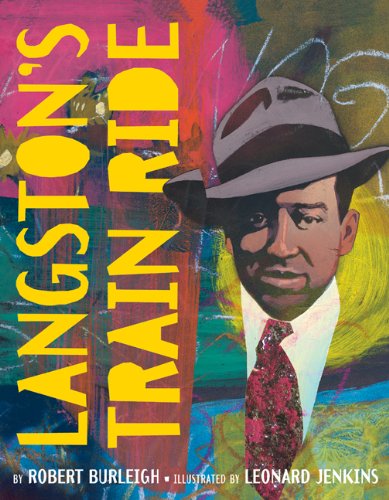 Langston’s Train Ride
Langston’s Train Rideby Robert Burleigh, illustrated by Leonard Jenkins (2004)
Fantastic illustrations by Leonard Jenkins make this book a pleasure to peruse, no doubt about that. But the reader will also enjoy being taken along on a journey with Langston Hughes as a young man. As he rides on a train across the country, he is moved by the crossing over the Mississippi River. Words and phrases rush into his head, especially the phrase, “I’ve known rivers.” This book is about personal history, about heritage, and about writing. The full poem, “A Negro Speaks of Rivers,” is included at the end of the book, along with a short biography of Langston Hughes.
 Dizzy
Dizzyby Jonah Winter and illustrated by Sean Qualls (2006)
With rhythmic — dare I say poetic — text, this book brings the world of Dizzy Gillespie to life for those who never experienced the musical revolution of the 1920s. The book starts with his rough childhood and the idea that he was able to channel his anger and hurt through his instrument. Jazz is given a rest look to kids as a rule breaking form, and the story of Dizzy, the person, helps bring this time period in focus for young readers. This particular chapter in American history shouldn’t be passed by — and no one can afford to miss it with lively, fresh artwork and passages like, “It was like he had taken a wrecking ball / and SMASHED IN / The House of Jazz, / ’til the walls came tumbling down.”
 Jackie’s Bat
Jackie’s Batby Marybeth Lorbiecki, illustrated by Brian Pinkney (2006)
It’s 1947 and Joey is going to be a batboy for the Brooklyn Dodgers. He’s excited about it, but conflicted about the new player, Jackie Robinson. Joey’s father doesn’t think it’s right for a white boy to serve a black man, so Joey steers clear of Mr. Robinson. But as he continues his time with the Dodgers, he begins to see Jackie Robinson as both a baseball player and a man, which brings forth his own feelings of acceptance. The small story of one boy echoes the larger feelings of the world’s response to this revolutionary baseball player. The book includes some biographical information. The soft, watercolor illustrations complement the text perfectly.
 Goin’ Someplace Special
Goin’ Someplace Specialby Patricia C. McKissack, illustrated by Jerry Pinkney (2001)
It’s the 1950s and ’Tricia Ann is heading downtown in Nashville to go “Someplace Special.” Her grandmother is reluctant to let her go on her own, but when she relents, ’Trica Ann faces a journey of pride, humiliation, encouragement, and ultimately joy as she reaches her destination — the public library, open to whites and blacks alike. The injustices of the segregated south are made all too real with this likeable character facing off against the obstacles. Pinkney’s lovely watercolors bring just the right feeling of the era to the book.
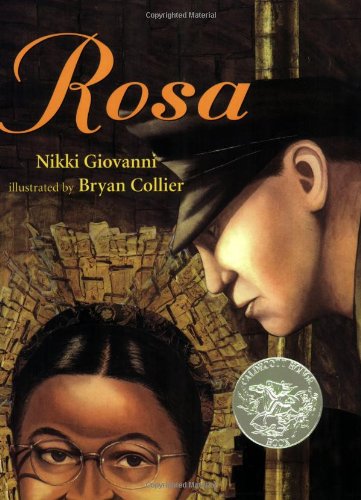 Rosa
Rosaby Nikki Giovanni, illustrated by Bryan Collier (2005)
The basic story of Rosa Parks is well known, but you’ll think you’re in for something different after seeing the cover of this book with the ominous man looking down at — the whole thing is so in-your-face and bold. The art in this book is evocative, gripping, and Caldecott Honor-winning. Rosa Parks’s personal story moves into her turning point in the civil rights movement and then continues beyond, covering many of the events surrounding her place in history. The text doesn’t complete her biography by any means, but does provide a starting place for discussion of her role and the larger context of the boycott.
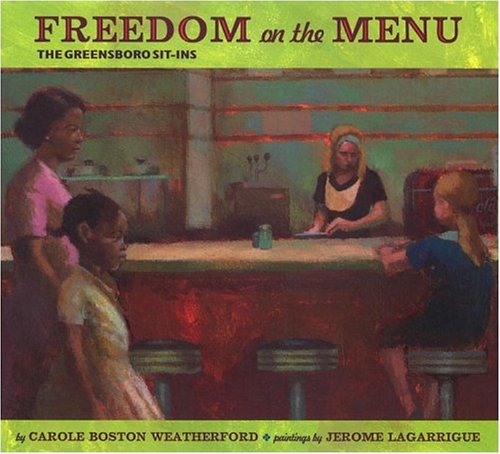 Freedom on the Menu: The Greensboro Sit-Ins
Freedom on the Menu: The Greensboro Sit-Insby Carole Boston Weatherford, illustrated by Jerome LaGarrique (2004)
Connie would love to sit down at the counter at Woolworth’s and have a banana split, but she knows that African Americans aren’t allowed to do that. Living in Greensboro, North Carolina in 1960, she knows her color dictates where she can drink and eat and much more. But things are changing in town with Dr. King’s speech at a local college chapel and Connie’s older siblings joining the NAACP. The paintings in the book capture the sense of emotion, as well as the more tangible evidence of segregation.
 I’ve Seen the Promised Land: The Life of Dr. Martin Luther King, Jr.
I’ve Seen the Promised Land: The Life of Dr. Martin Luther King, Jr.by Walter Dean Myers, illustrated by Leonard Jenkins (2003)
A straightforward and brief biography of a hero becomes much more than that in the hands of noted author Walter Dean Myers. The content is just enough to introduce young readers to Dr. King and to his accomplishments and struggles, but not get bogged down in many details. The basics of his personal journey are presented along with essentials of the civil rights movement itself. The text is well done, but it’s the illustrations — the powerful, dramatic art — that make this title extraordinary.
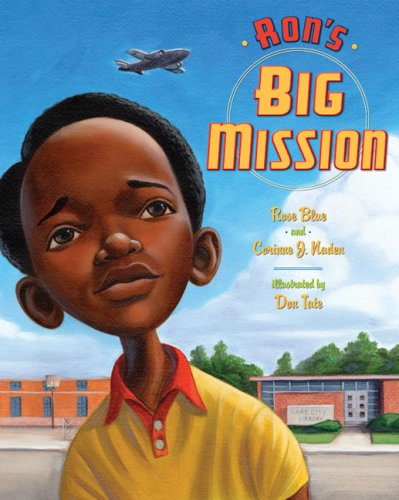 Ron’s Big Mission
Ron’s Big Missionby Rose Blue, Corinne Naden, illustrated by Don Tate (2009)
Ron loves books and is well-known at the Lake City Public Library for his frequent visits. He spends hours reading there, but this day is different. The nine year old boy is going to take on the system by demanding to be allowed to check out books. Knowing that the privilege is reserved for whites, he literally takes a stand to get his own library card. Based on a real incident in the life of Astronaut Ron McNair, the story gives a different feel to discrimination than most books on the subject, focusing on the institutional ruling than belief system. All of the individuals who encounter Ron — from the friendly elderly lady to the helpful librarian to the befuddled police — all want to help him, mostly by getting around the law. While it may not offer a more valid a perspective than other books that tackle discrimination, it puts the emphasis on an unfair law rather than racist people. The illustrations also lighten the tone, with the bright colors and expressive faces. A particularly good book for read-aloud in the classroom or library.
Of course, these books are the tip of the iceberg in exploring African American history, but hopefully will motivate young readers to learn more. And just as important, these titles could prove inspiring for teachers, librarians, and parents to seek out books that are not only good for the mind, but good for the soul.
Links to material on Amazon.com contained within this post may be affiliate links for the Amazon Associates program, for which this site may receive a referral fee.

















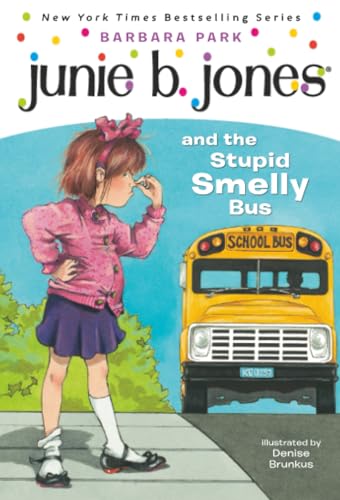



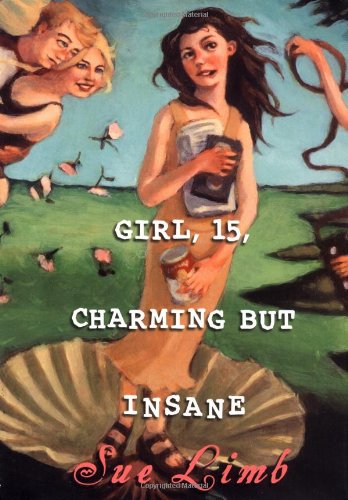
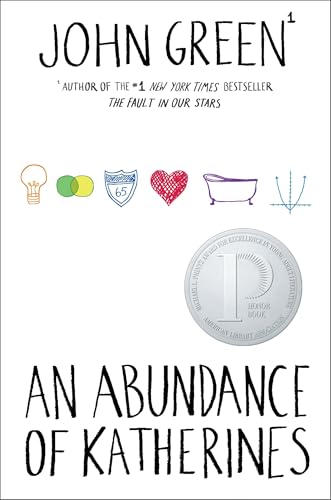
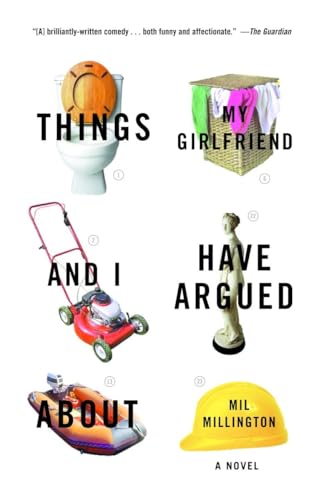
No comments:
Post a Comment